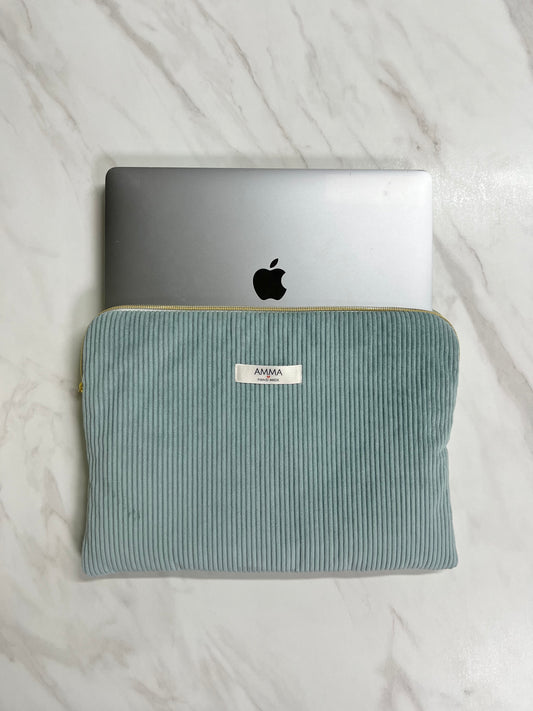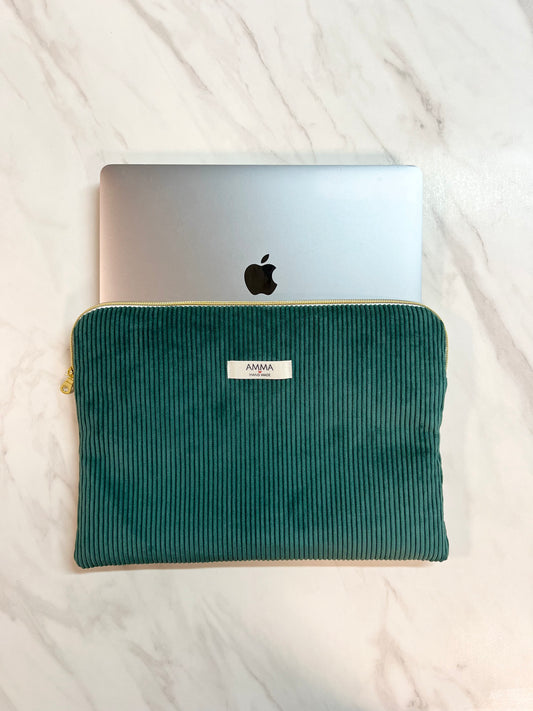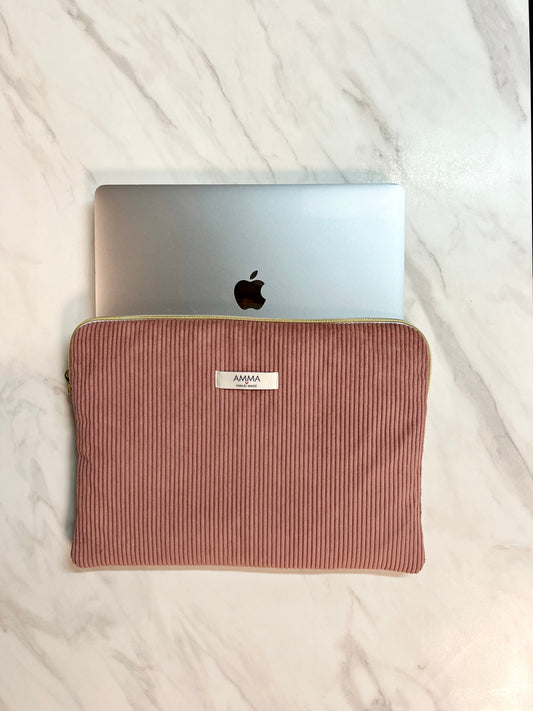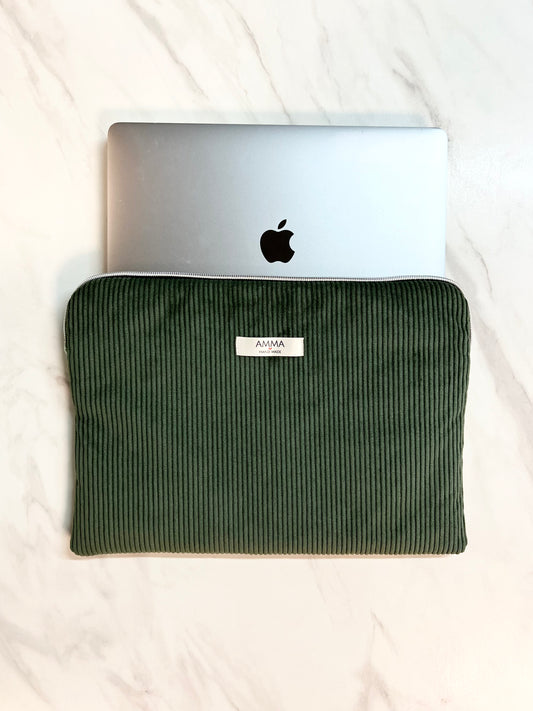The toile de Jouy - From its origins to the present day
The canvas of Jouy
Toile de Jouy is a cotton fabric, characterized by its floral, bucolic or historical motifs, printed in bright colors on a plain background.
This fabric has crossed the ages to become one of the most emblematic fabrics of French textile heritage and its fame has gone beyond the borders of France.
The origins of the toile de Jouy
The history of Toile de Jouy begins in France, in Jouy-en-Josas , in the 18th century. It is there that Christophe-Philippe Oberkampf, a visionary entrepreneur, founded a cotton factory in 1760.
He is inspired by Indians, printed cotton fabrics imported from India, to create original patterns and develop a copper plate printing method.
Toile de Jouy quickly became a fashionable fabric in Parisian salons. It is used to make dresses, tablecloths, curtains, etc. It is also appreciated by artists and intellectuals, who use it to decorate their interiors.
In the 20th century, toile de Jouy experienced a certain decline, due to the arrival of new textiles, particularly synthetic fabrics. However, it remains a fabric appreciated by interior decoration enthusiasts.
Today, toile de Jouy is still produced in France, notably by the Oberkampf factory. It is also manufactured in other countries such as China.
Toile de Jouy is a timeless fabric that continues to inspire fashion and interior design designers.
Great example at DIOR
The production of the toile de Jouy
The production of toile de Jouy is a complex process, which requires several stages.
- The first step is to make the cotton fabric. Cotton is first spun, then woven.
- The second step is to print the design on the fabric. Printing is done using a press, which prints the design onto the fabric using ink.
- The third step is to attach the ink to the fabric. The ink is fixed using a steam bath.
- The toile de Jouy is then dried and ironed.
So ! The fabric is ready to be sold!
The patterns of the toile de Jouy
The patterns of toile de Jouy are very varied. They can represent bucolic scenes, flowers, animals, historical figures, etc.
Bucolic motifs are the most common. They depict scenes from everyday life, such as farmers at work, animals in nature, etc.
Floral designs are also very popular. They depict flowers of all colors, such as roses, tulips, lilies, etc.
Animal designs are less common, but they exist. They represent domestic animals, such as dogs, cats, horses, etc., or wild animals, such as lions, tigers, giraffes, etc.
Historical motifs are rare, but they exist. They represent historical figures or events, such as kings, queens, battles, etc.
The Toile de Jouy today
Toile de Jouy is still produced in France, notably by the Oberkampf factory. It is also manufactured in other countries, notably in China.
Toile de Jouy is a fabric appreciated by interior decoration enthusiasts. It is used to make curtains, tablecloths, cushions, etc. It is also used to decorate walls, in the form of wallpaper or tapestry.
Toile de Jouy is a timeless fabric, which continues to inspire fashion and interior decoration designers.
Useful links
Toile de Jouy Museum



